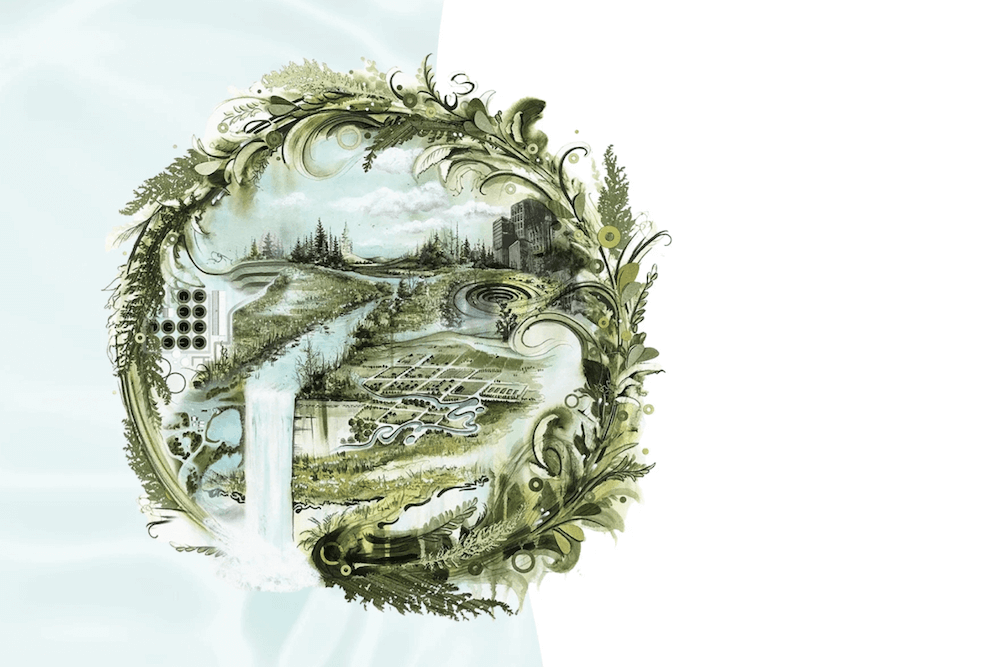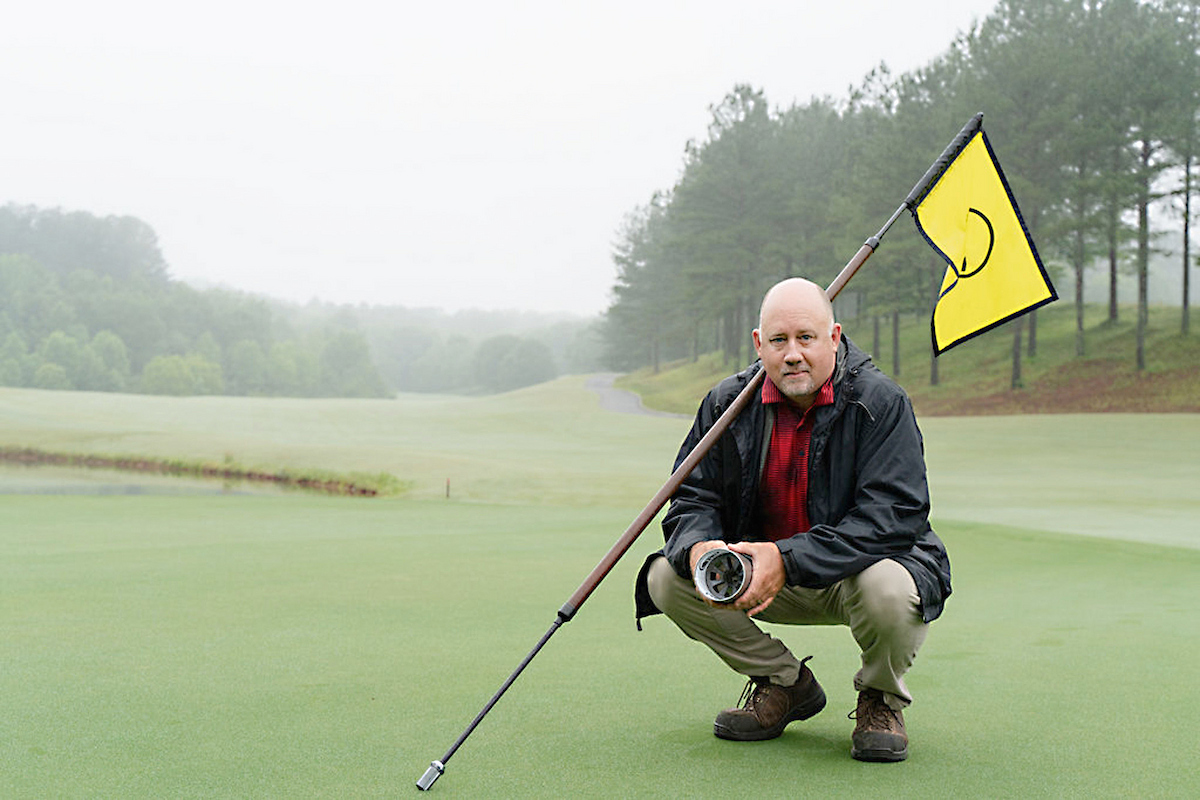By Wade Hutcheson
University of Georgia
What if raindrops had personalities? What if they got to know
each other in the clouds before bailing out? Can you imagine the
conversations?
“Hey Ralph, you ready to go?”
“Yeah, Morty. Just give me a minute.”
“We’re over the fields in 30 seconds. Remember what you said
happened the last time you were late. You landed in town.
Heh-heh.”
They bail out of the cloud, Ralph first, with Morty close behind.
“Ball up tight,” Morty yells. “You’ll stay together better, and
the spin is incredible!”
They land a mile apart, and only one is smiling.
Ralph hits a hayfield and is immediately absorbed by the soil and
grabbed by grass roots. He will wait there until plant processes
are completed and transpiration releases him back into the air.
Morty, though, lands in town, in a well-watered, manicured yard
that’s just been fertilized and treated with herbicide. The
herbicide has chemically bonded to the soil, but the rain
diminishes its effect. Most of the fertilizer runs off with the
collected raindrops into a pond, making the algae and other weeds
flourish so the owner will have to use herbicides.
Are you helping or hurting the water quality problem?
Yes, my imagination ran wild. But the point is this: What we do,
or allow to happen, in our landscape affects water quality. Water
runs downhill, and we all live downhill from somebody. Do your
best to be part of the water quality solution and not the
problem.
The solution isn’t always a pesticide or more fertilizer. In
fact, if a gardener does his homework first, he can prevent
many problems and save time and money.
The best way to avoid plant pest and disease problems is start
with a healthy plant. That means matching the site and soil
with the right plant, properly planted, watered and fertilized.
After that, make regular inspections. Get out and enjoy the
landscape at least once a week to know what’s going on with your
plants.
By the time most people detect a disease problem, fungicides
aren’t going to help. Most bug problems don’t require a
pesticide, and there are other ways to handle weeds.
The solution isn’t always a chemical. Did you ever stop to think
that something you did or didn’t do when that plant was planted
might be the problem?
I’m not saying never use chemicals. They’re one tool in the
toolbox. When you use them wisely, according to the label, they
can accomplish the desired result.
But take the time to identify the problem, research your control
options and take the route best suited to achieve control with
the least negative impact on our environment. And if the label
says 1 ounce per gallon, 2 ounces per gallon won’t kill it any
deader.
Again, I’m not saying chemicals cause all the water quality
problems, but I’m writing to gardeners now, and many gardeners
reach for a chemical first, no questions asked.
Silt and sediment are the big culprits
The biggest cause of water quality problems is silt and sediment
stemming from erosion. Like it or not, even our pets are a part
of the problem. So are all the things, from cans to cars, that
people throw away, often into creeks and rivers.
But we left Morty in the middle of the pond. The fertilizer was
all gone by the time he got there, but it was feeding weeds.
Morty found his way into the pond’s spillway and then the creek,
river and ocean. It took a while, but eventually he rejoined the
clouds and was ready for another trip. He and Ralph, though, were
separated forever. That happens when you’re a raindrop.
That’s all I know about Ralph and Morty. To learn more about how
your gardening practices can contribute to improved water
quality, though, contact your county office of the University of
Georgia Extension Service.



